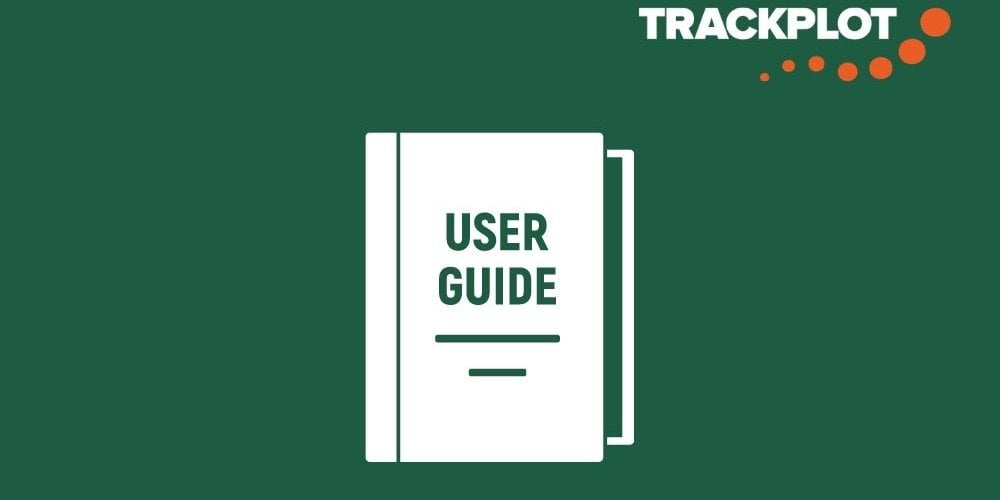Lone Worker Checklist
As a lone worker you have a duty of care to yourself and to others who may be affected by the work you do. Here's a handy Lone Worker Checklist to ensure you stay safe...

What can I do to keep safe?
1. Be familiar with your organisation’s health and safety policies.
If you don’t know what they are or you have an outdated version (which is more than 12 months old) request a copy of the latest policies and procedures from your line manager or health and safety representative.
Article: Do you have a lone working policy?
2. Be aware of any specific instructions which relate to your role.
Ensure you understand any specific procedures and instructions which relate to your role or the activities you perform. Understand what work is permitted for lone working and what work is prohibited. Be clear of the consequences of not following this guidance.
Article: Read the Top 4 risks of lone working.
3. Know what your organisation’s escalation procedures are if something happens to you.
If you use the Trackplot lone worker monitoring system this will include what the escalation procedures are if you become Overdue, or Request Assistance or press the SOS button in a medical emergency.
4. Know what your organisation’s escalation procedures are if you are a Contact for a lone working colleague.
Be clear what you are expected to do if you receive a notification from a lone working colleague that they have become Overdue, or have Requested Assistance or have pressed the SOS button.
5. Do you have any medical conditions which may put you at greater risk?
For example diabetes, heart condition, severe allergies or pregnancy. If you do you must raise these with your line manager or health and safety representative to ensure they are considered before you undertake any lone working.
6. Do you need any specific training before undertaking an activity?
If you are an apprentice or trainee needing direct supervision you should not be working alone. If you are new to a role or have assumed a new responsibility ensure you have received the correct training before working alone.
7. Regularly check you have all your appropriate equipment to hand before you set out to lone work.
For example:
-
carry detailed directions along with a map and compass especially if you are working in a new or remote location
-
ensure the batteries in your GPS and mobile devices are sufficiently charged
-
take a warm drink if temperatures are low
-
stock basic food and drink supplies in your vehicle, especially if you will be working remotely.
8. Be aware of frostbite and hypothermia symptoms.
As daylight hours shorten and harsher weather conditions begin you need to avoid suffering from frostbite and hypothermia.
Read our specific article which details how to prevent frostbite and hypothermia, what the symptoms are and what to do if you do suffer from either of these conditions.
9. Tell your Contacts and Next of Kin where you will be lone working.
Make sure that someone knows your destination, intended route and estimated return time. This helps to narrow the search area if something does happen to you.
10. Ensure you report any incidents, near misses and hazards you encounter.
Ensure any incidents are fully addressed so you are not exposed to them again. In addition, be proactive and report near misses and hazards to prevent accidents from happening in the first place.
Article: Why you should give feedback.
How Trackplot can help
The Trackplot system provides peace of mind. The system monitors lone workers throughout their working day. Each lone worker will Check-in at agreed times to confirm they are safe. If a lone worker becomes Overdue or actively Requests assistance this message is received by their Contacts and a rescue party can be initiated. In an SOS situation the emergency services will be triggered.
